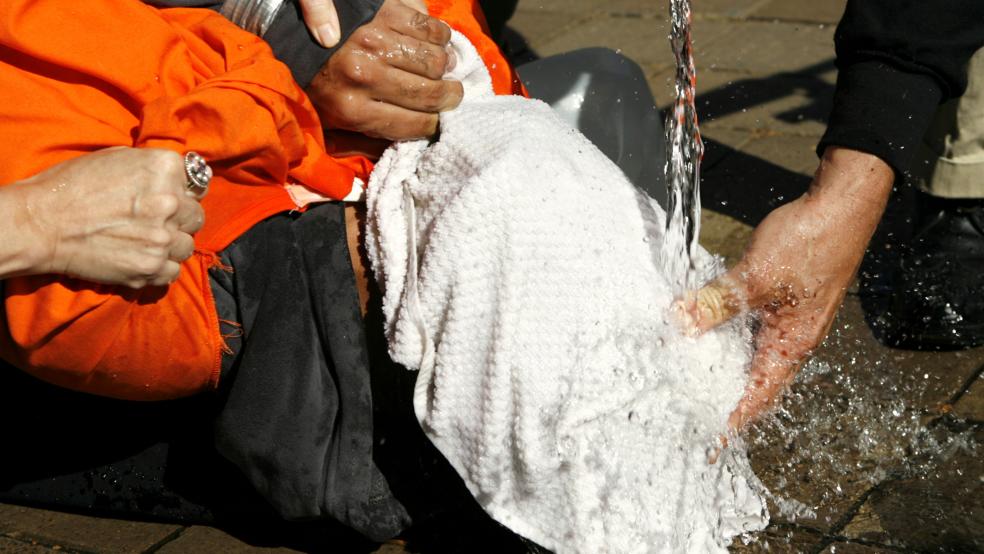The United States government paid two military psychologists $80 million to develop torture tactics that were used against suspected terrorists in the wake of the September 11 attacks on the Pentagon and the World Trade Center.
In 2002, two former Air Force psychologists, James Mitchell and Bruce Jessen, became the masterminds of the CIA’s torture program, according to a new report released by the Senate Select Committee on Intelligence. The two men, identified in the report under the pseudonyms Grayson Swigert and Hammond Dunbar, devised and performed torture tactics - including waterboarding and mock burial on some of the CIA’s most significant detainees.
Related: 10 Things to Know About the CIA’s Black Budget
The report noted that neither of the men had previous experience as professional interrogators, nor did they have “specialized knowledge of al Qaeda, counterterrorism or any relevant cultural or linguistic experience."
Still, they were in charge of developing the techniques and analyzing their effectiveness.
Both had military training in a secret Air Force program - Survival, Evasion, Resistance and Escape or SERE – which teaches soldiers how to survive being held prisoner by enemy combatants. The doctors decided to develop their own program by reversing SERE in order to use it on the U.S.’s enemies.
The report says that as part of his pitch to be a part of the CIA’s program, “Swigert” detailed a list of 12 SERE-like techniques he would use on detainees including “the attention grasp, walling, facial hold, facial slap, cramped confinement, standing, stress positions, sleep deprivation, water-board, use of diapers, use of insects, and mock burial.”
Related: CIA’s Spying on Senate Staff Complicates Torture Report
The two men had no direct experience using the waterboard technique. It was never used in their Air Force training. Still, they indicated that it was an “absolutely convincing technique.” They justified the technique by saying that the Navy had used it in training and had not reported any significant long-term consequences on individuals from its use.

However, they did not mention that when the Navy used it in training they only performed single sessions, not multiple sessions. Khalid Sheikh Mohammed, a detainee at Guantanamo Bay, for example, was waterboarded 183 times. Nor did they mention that the technique was not exactly new—it dates back to the 14th century.
By 2005, the CIA had outsourced nearly all of its interrogation work to the two doctors, who by that time had formed a private contracting company called Mitchell, Jessen and Associates with at least five other people.
By 2006, the CIA had awarded them a contract in excess of $180 million. The contract was terminated in 2009, after the company had received about $81 million from the United States government.
Related: Why the CIA Fears the Internet of Things
Soon after the contract was terminated, ProPublica, a nonprofit investigative journalism organization, attempted to contact the firm at its headquarters in Spokane, Washington only to find it had disappeared without a trace.
The reporters said the company’s phone number had been disconnected with no forwarding number and the building was empty and available for lease.
Though the two doctors have largely been out of the media, one of the last public statements they made appeared in an article about U.S. interrogation and torture in Vanity Fair in 2007.
"We are proud of the work we have done for our country,” they said.
Top Reads from The Fiscal Times:





